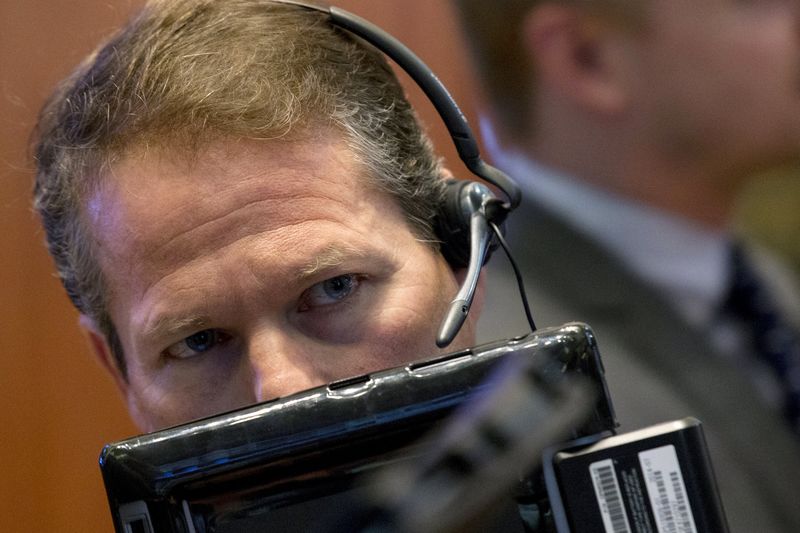No industry is safe from the ongoing trade war with China. Since the trade tensions began, we’ve seen the effect of slower than expected growth in China on top-notch brands like Apple (NASDAQ:AAPL). Tech companies are on edge as the fallout from the boycott of Korean giant Huawei lingers. Farmers across North America are feeling the heat from the trade war, and North American manufacturers wonder whether new retaliatory tariffs will be imposed.
Until recently, it seemed that luxury clothing makers had escaped the worry. But last month, shares of high-end outerwear manufacturer Canada Goose Holdings Inc (TSX:GOOS)(NYSE:GOOS) plummeted after the company reported earnings. After a stunning rise in the company’s stock since its IPO, this downturn came as a shock to many investors.
Canada Goose expands into Asia Canada Goose reported its fourth-quarter and year-end results in May that saw the stock subsequently dropped a whopping 30%, from $66 to $45 per share. The market reaction seemed excessive, as the company reported that total sales were up over 40% year over year. What spooked investors was the company’s revision of its long-term outlook. After historical annual growth of 40-50%, the company forecasts growth to slow to 20% year over year.
Despite the trade tensions, however, China remains one of the company’s greatest potential regions for growth. Canada Goose has been able to penetrate the Canadian market even though the price of its coats is expensive, starting at $500. More than 50 out of every 1,000 Canadians own a Canada Goose jacket, which represents 5% of the population.
But China, where only 0.1% of the population owns Canada Goose outerwear, represents a tremendous opportunity. Canada Goose has been clear about its rapid expansion plans into Asia. As of last year, the Chinese market accounted for approximately 10% of the company’s sales.
Late last year, in the wake of the arrest of Huawei executive Sabrina Meng Wanzhou in Vancouver, the government of China called for a boycott of Canadian Goose products. Although there was an immediate negative impact on the stock price, the effect of the boycott appeared to have little effect on consumers’ appetites for the brand.
In December, at the grand opening of the company’s flagship store in Beijing, eager customers braved the cold temperatures and lined up outside the store.
Even after the earnings miss and the revised guidance, Canada Goose believes the prospects for sales in China remain excellent and are continuing their expansion plans. CEO Dani Reiss recently remarked, “We’re just getting started in China.”
China woes hurt other luxury brands Canada Goose wasn’t the only premium goods company burned in the trade war. In mid-May, Burberry Group (LON:BRBY) plc, the U.K. company made famous for its designer trench coats, reported much lower growth in the Asia-Pacific region than expected. Burberry blamed its woes on the lack of growth in China. The company reported “low single-digit growth” in the area.
Investors in Burberry had hoped for much better earnings in the latest quarter. The company is still trying to recover from several missteps in the past few years. In late 2018, Burberry agreed to discontinue its policy of burning unsold merchandise after overwhelming public outcry.
The company also stopped using real fur in its clothing after years of campaigns by the People for the Ethical Treatment of Animals (PETA) foundation and other environmental campaigners.
With the mistakes of the past year behind the company and under the direction of new CEO Marco Gobbetti, the outlook looked bright for investors. Unfortunately, the news out of China sent the stock tumbling.
The bottom line Despite the recent struggles of Canada Goose and Burberry, other luxury brands are yet unfazed by trade issues in China. Gucci and LVMH, owner of brands Louis Vuitton and Christian Dior, recently reported strong sales in the region. The next few months will tell if Gucci and LVMH can maintain their positive outlook in the area.
Of these four high-end brands, Canada Goose is the youngest and least tested to withstand disruptions caused by trade tensions. How Canada Goose will weather this trade storm is yet to be determined but based on the company’s strong management team and excellent balance sheet, I’d bet on its ability to triumph rather than fail.
With a stock price half of what it was six months ago and with the fundamentals of the company intact, the stock looks very compelling at this price.
Fool contributor Cindy Dye has no position in any of the stocks mentioned.
The Motley Fool’s purpose is to help the world invest, better. Click here now for your free subscription to Take Stock, The Motley Fool Canada’s free investing newsletter. Packed with stock ideas and investing advice, it is essential reading for anyone looking to build and grow their wealth in the years ahead. Motley Fool Canada 2019
